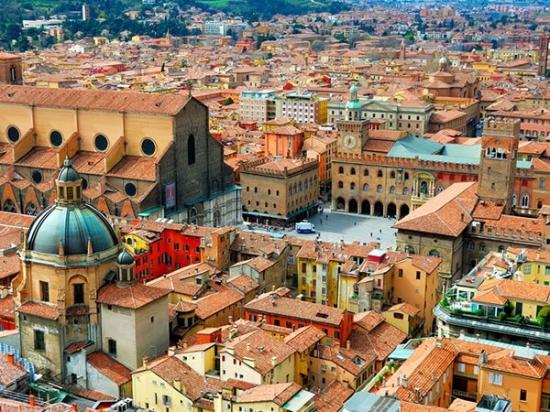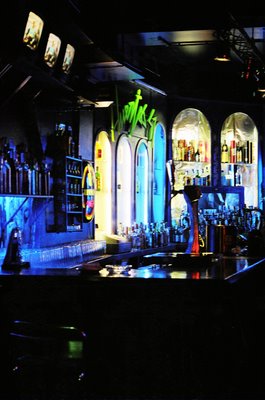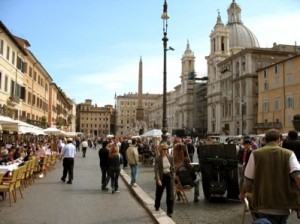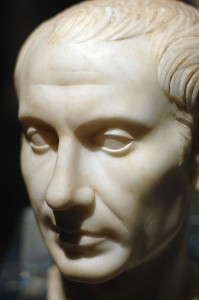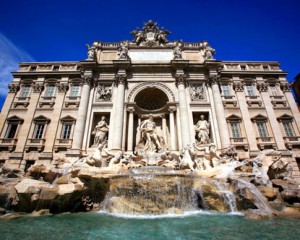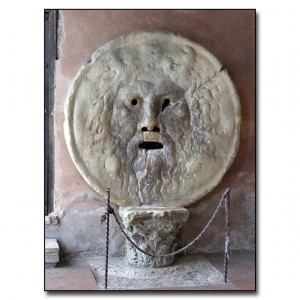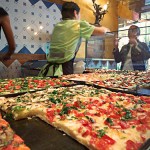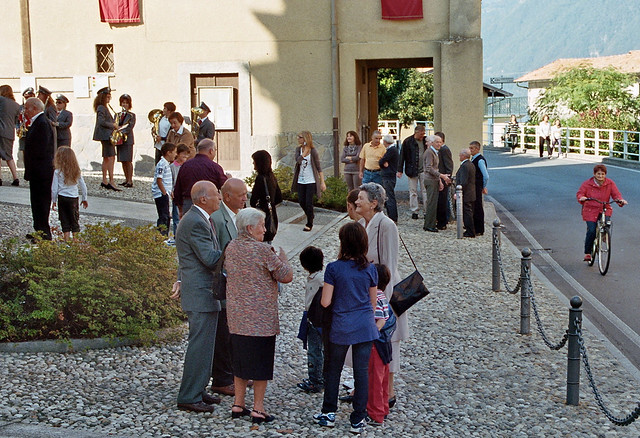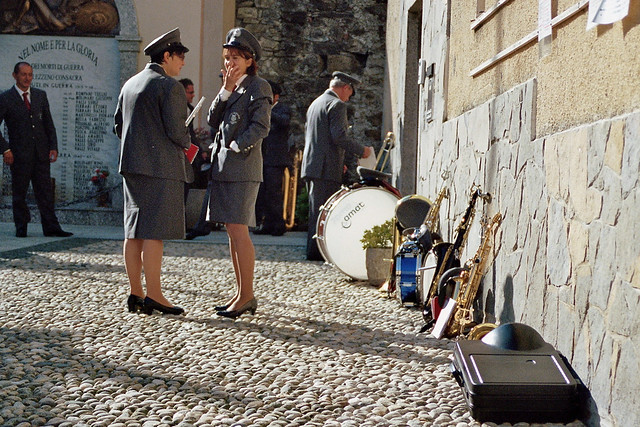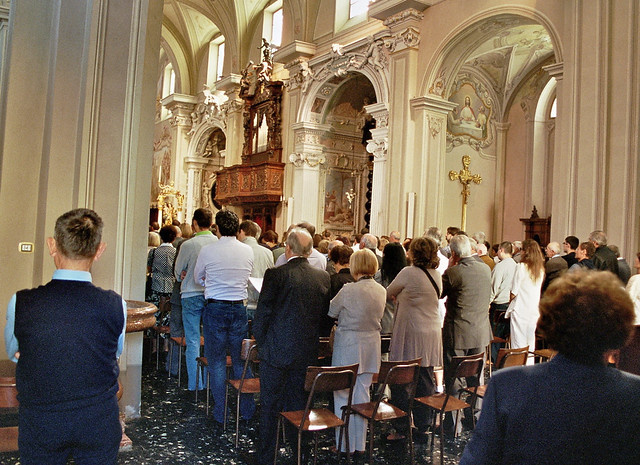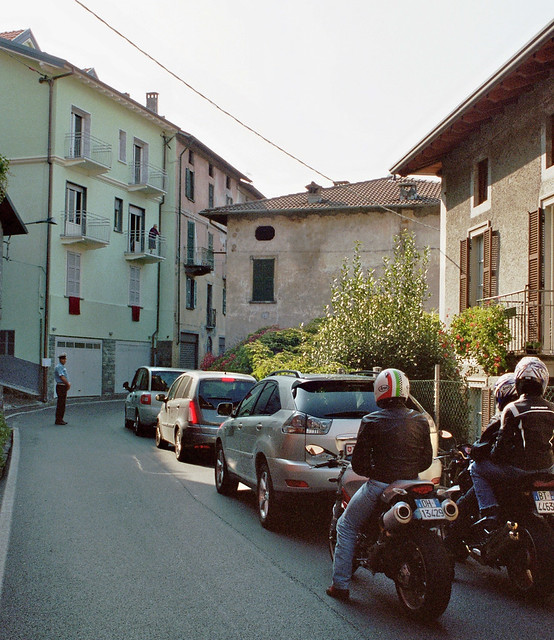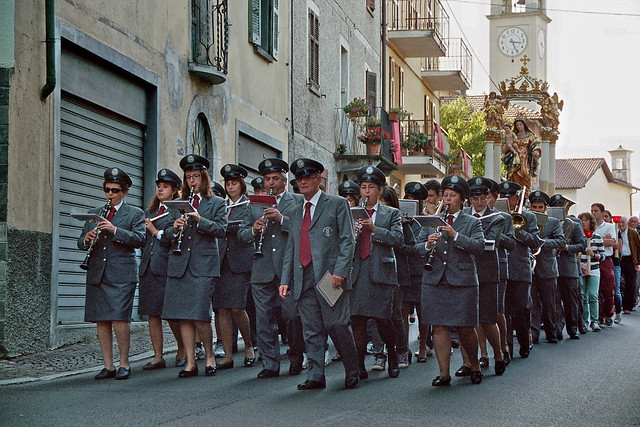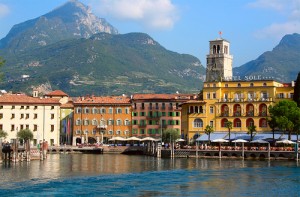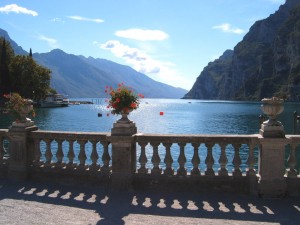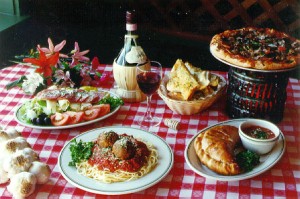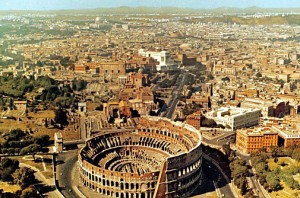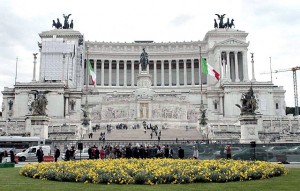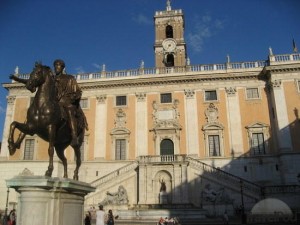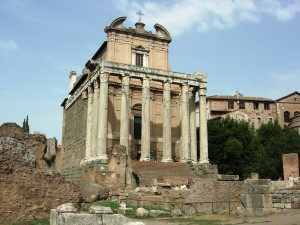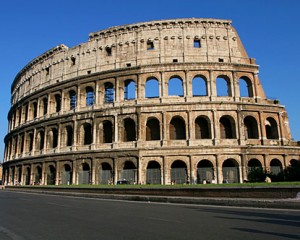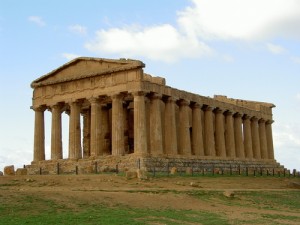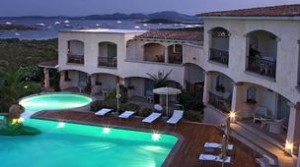
Most of the 48 rooms in the luxurious Hotel Petra Bianca boast striking views of Costa Smeralda’s Cala di Volpe bay.
Sardinian cuisine is all about simple pleasures. Eat freshly caught sea urchins, anemones, mussels and clams in one of the many smart fish restaurants that stud the coast. Or for authenticity without the hefty price tag, go rustic at an agriturismo with farm-fresh flavours like porcetto al mirto (myrtle-infused suckling pig) and zuppa gallurese (pecorino and bread casserole).
Budget: Great-value home cooking means La Vecchia Costa (pictured) is always booked solid. Order lorighittas (ring-shaped pasta) in porcini lamb sauce, €8.50, and sea bass with rocket, fresh tomatoes and basil, €3 per 100g, plus a bottle of house vermentino, €6.50. The restaurant is on the Arzachena-Porto Cervo road.
Clean, bright Mediterranean flavours dominate at Locanda del Tre Botti in Baia Sardinia. Take a seat on the terrace for a three-course set menu, €18. Fish is a big deal here and the plump mussels, €10, and seafood risotto, €14, are spot-on.
Blowout: Understated glamour is what Spinnaker in Liscia di Vacca is all about. On the terrace you can join bronzed socialites for a long lunch. Start with sautéed calamari with artichokes, €12, then try the local rock lobster, €17 per 100g. (0039 789 91226)
Dinner
Budget: Luigi welcomes you like a family member at Agriturismo Rena (pictured) near Arzachena. Bring a hearty appetite for a €30 feast of home-produced cheese, meat and wine, served in a barn-style dining room. Ricotta-filled culurgiones (ravioli) are followed by abbacchio (suckling lamb), dolci and grappa.
Set above the marina in Porto Cervo, La Petronilla feels a million miles away from the Gucci-clad crowd below. Specialities include spaghetti with granseola (spider crab), €15, and seadas (pastries filled with ricotta) drizzled with bitter honey, €5.
Blowout: Perched in the hills above Porto Cervo, rustic I Frati Rossi uses local ingredients to stunning effect in dishes such as spaghetti with clams and bottarga (mullet roe), €18, and ricotta ice cream, €8. A tree-lined terrace adds romance.
Drink
Budget: Right on the church square in the quaint village of San Pantaleo is blissfully relaxed Caffè Nina (pictured). Sit on the piazza-facing terrace or in the arty stone interior for a glass of tangy white vermentino, €5, with a cheese and salami tasting plate, €10. Or stop by for an after-dinner mirto (myrtle liqueur), €5.
Cafè Mediterraneo in Porto Cervo marina has prime views of the mega yachts yet modest prices. From its waterfront terrace, you can watch the floating mansions over a glass of wine, €4, frozen cocktail, €8, or zesty lemon sorbet, €6.50. (0039 789 91155)
Blowout: Round out an evening stroll in Porto Cervo with drinks at Il Sole on see-and-be- seen Piazzetta square. Bag one of the white sofas on the terrace to check out passing film stars over a flute of Ferrari spumante, €10. (0039 789 931709)
Hotels
Budget: Nestled amid myrtle trees in hills above Arzachena, boutique b&b Lu Pastruccialeddu (pictured) is an idyll. A 19th-century farmstead houses light, tasteful rooms, doubles from €75, and suites overlooking a tranquil pool from €100. Catarina puts on a sumptuous breakfast, with homemade preserves, cakes and biscuits.
Just a minute’s drive from the harbour of Poltu Quatu is Bed and Breakfast Costa Smeralda in Lu Cumitoni. Its breezy blue-andwhite rooms have free WiFi. Doubles from €80. Enjoy fresh breakfast pastries on a veranda with a sea view.
Blowout: Luxurious Petra Bianca sits high above Cala di Volpe bay and is fringed by Mediterranean gardens. Most of the elegant rooms overlook the sea. A terrace restaurant serves market-fresh dishes. Doubles from €200.
Must do
Budget: Hidden in an Olbia backstreet, Anticas Licanzias is a wonderland of Sardinian sweets (around €19 per kilo). Indulge in papassinos (moist amaretti biscuits) and casadinas (mini ricotta cheesecakes with saffron). You can also pick up pane carasau (wafer-thin flatbread baked until crisp in a wood oven), €7 per kilo. (0039 327 882 8331)
On the Arzachena-Porto Cervo road, look for a ‘formaggi e salumi’ sign to find Azienda Agricola Mossa Alessandro (pictured). Buy creamy goat’s milk ricotta, €5 per piece, mature Fiore sardo pecorino, €13 per kilo, and salami, €22 per kilo. (0039 380 366 1325)
Blowout: Sample the region’s vermentino white and cannonau red wines at Cantina Surrau near Arzachena. A €30 tasting gets you five different wines, accompanied by local cheese, salami, bottarga and Sardinian sweets.
Kerry Christiani – BBC Olive Magazine
4 Oct 2011
http://www.bbc.com/travel/feature/20110928-budget-and-blowout-guide-to-costa-smeralda
Average Rating: 4.9 out of 5 based on 239 user reviews.
